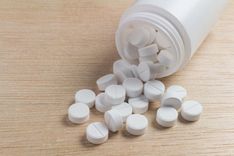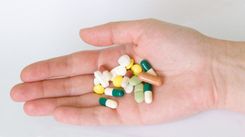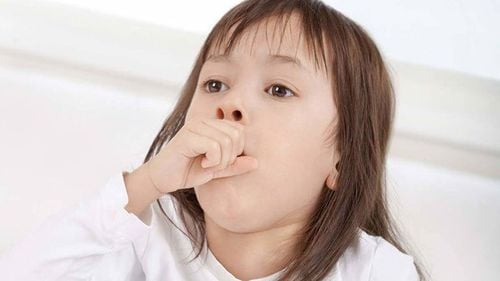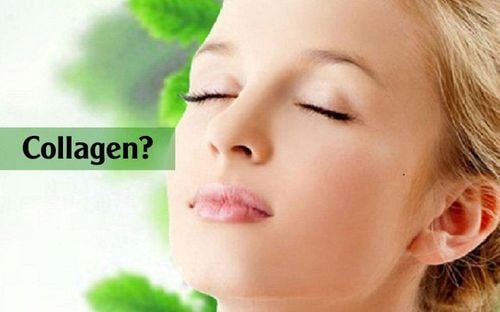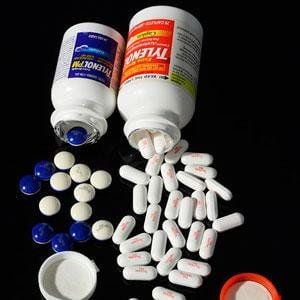1. What is Bromhexine? What are the effects of Bromhexine?
1.1. The pharmacodynamics of Bromhexine
Bromhexine hydrochloride is a medication with an expectorant effect. The reason is due to its ability to activate the synthesis of sialomucin and break down mucopolysaccharide fibers, making the phlegm thinner and less viscous. As a result, phlegm in the bronchial tubes can be effectively expelled.
Bromhexine inhibits the serine protease TMPRSS2, which plays a crucial role in respiratory viral infections such as influenza A and Middle East Respiratory Syndrome (MERS).
The inhibition of viral entry and infection by Bromhexine could be effective in preventing and treating various respiratory diseases, including COVID-19.
When using Bromhexine, it typically takes 2-3 days for clinical effects to be observed, but if injected, the effects can be seen within about 15 minutes.
1.2. The pharmacokinetics of Bromhexine
- Absorption: Bromhexine is rapidly absorbed through the gastrointestinal tract, but due to extensive first-pass metabolism in the liver, its oral bioavailability is only about 20%. Food increases the bioavailability of Bromhexine. The peak plasma concentration of the drug is reached within 1/2 to 1 hour after oral administration.
- Distribution: Bromhexine is widely distributed into body tissues. It has a very strong binding affinity (95 - 99%) to plasma proteins. When administered intravenously, its volume of distribution is approximately 7 liters/kg. Bromhexine can cross the blood-brain barrier and a small amount can also cross the placenta.
- Metabolism: Bromhexine is primarily metabolized in the liver. Ambroxol is a metabolite of Bromhexine and is metabolized through the plasma.
- Elimination: Approximately 85 - 90% of the administered dose is excreted in the urine, mainly in the form of metabolites as sulfo or glucuro conjugates, with a small amount being excreted unchanged. Bromhexine is excreted very minimally through feces, at less than about 4%. The terminal half-life of the drug varies between 13 - 40 hours depending on the individual.
2. Indications for Bromhexine
Bromhexine is used in the following cases:
- Patients with bronchial secretion disorders, especially during acute exacerbations of acute and chronic bronchitis.
- Bromhexine is often used as an adjunct with antibiotics in cases of severe respiratory infections.
- Bromhexine has also been used both orally and topically in the treatment of dry eye syndromes related to abnormal mucus production.
3. How to use and dose of Bromhexine
3.1. Treatment dosage of Bromhexine
For adults:
- For tablets, taken orally: 8 - 16 mg per dose, 3 times a day. The treatment duration should not exceed 8 - 10 days unless directed by the treating physician.
- For oral solution: 10 mg per dose, 3 times a day. The treatment duration should not exceed 8 - 10 days unless directed by the treating physician.
- Injections: Used for severe cases or when complications arise after surgery.
- Dosage for injections: 8 - 16 mg per day, divided into 2 doses each day.
For children:
- For tablets, taken orally: For children over 10 years old: 8 - 16 mg per dose, 3 times a day. The treatment duration should not exceed 8 - 10 days unless directed by the treating physician.
- For oral solution: Children over 10 years old: 10 mg per dose, 3 times a day. Children under 10 years old: 0.5 mg/kg/day divided into 2-4 doses. Children 5-10 years old: 4 mg per dose (1 teaspoon elixir) 4 times a day. Children 2 to under 5 years old: 4 mg per dose (1/2 teaspoon elixir) 2 times a day. Children under 2 years old: 1 mg per dose (1/4 teaspoon elixir) 3 times a day. The treatment duration should not exceed 8 - 10 days unless directed by a pediatrician.
- Injections: Used for severely ill patients or complications after surgery.
3.2. How to use Bromhexine
- Take Bromhexine tablets with a glass of water. The oral solution should not be used for nebulization.
- Injection solution: Bromhexine injection solution can be administered intramuscularly, or intravenously slowly over 2 - 3 minutes. The injection solution can also be administered intravenously with a 5% glucose solution (up to 20 mg/500 ml) or 0.9% sodium chloride solution (up to 40 mg/500 ml). It must not be mixed with alkaline solutions as this will cause precipitation.
4. Side effects of Bromhexine
Bromhexine is well absorbed. However, when using Bromhexine, you may experience some side effects, including:
- Headache, dizziness;
- Sweating;
- Rash, redness accompanied by itching on the skin;
- Cough or bronchospasm.
- Gastrointestinal side effects include:
- Bloating, fullness;
- Gastrointestinal disorders such as frequent diarrhea and indigestion;
- Nausea, vomiting.
Not everyone will experience the side effects listed above. You may encounter other side effects that are not mentioned. If you have any questions about side effects, please consult your treating physician or qualified healthcare professionals.
5. Drug interaction of Bromhexine
Using Bromhexine in combination with antibiotics such as amoxicillin, cefuroxime, erythromycin, and doxycycline can lead to an increased concentration of antibiotics in the lung tissue.
In addition, adverse interactions with other drugs have not been specifically reported in clinical settings.
6. Precaution when using Bromhexine
6.1. General precautions when using Bromhexine
While using Bromhexine, avoid combining it with other cough medications, as this can increase the risk of mucus build-up in the respiratory tract.
Bromhexine, due to its mucus-dissolving effect, can cause damage to the gastric mucosal barrier. Therefore, it should be used with great caution in people with a history of gastric or duodenal ulcers.
Caution when administering Bromhexine to individuals with asthma, as the medication may cause bronchospasm in some sensitive individuals.
The clearance of Bromhexine and other metabolites may be reduced in patients with severe liver or kidney disease, so caution and monitoring are necessary.
Caution when using Bromhexine in the elderly or extremely frail individuals, especially children under 2 years old, as they may not be able to effectively cough up mucus, thereby increasing the risk of mucus build-up.
6.2. Precautions when using with pregnant women
The effects and risks of birth defects from the use of Bromhexine in animals have not been studied in experiments. There are no adequate and controlled studies on the treatment of Bromhexine in pregnant women, so it is not recommended to use or treat Bromhexine for pregnant women.
6.3. Precautions when using with breastfeeding women
There are no studies on whether Bromhexine is excreted into breast milk. Therefore, the use of Bromhexine is not recommended for breastfeeding women. If necessary, you should stop breastfeeding or consult your doctor.
6.4. Precautions when using with drivers and machine operators
Bromhexine has little or no effect on operating machinery or driving. Bromhexine is a medication commonly formulated in various forms such as tablets, sugar-coated tablets, and injectable solutions. It is primarily used to treat productive cough. To ensure effective treatment and avoid side effects, patients should use the medication as prescribed or consult with a specialist doctor or pharmacist.
To arrange an appointment, please call HOTLINE or make your reservation directly HERE. You may also download the MyVinmec app to schedule appointments faster and manage your reservations more conveniently.


